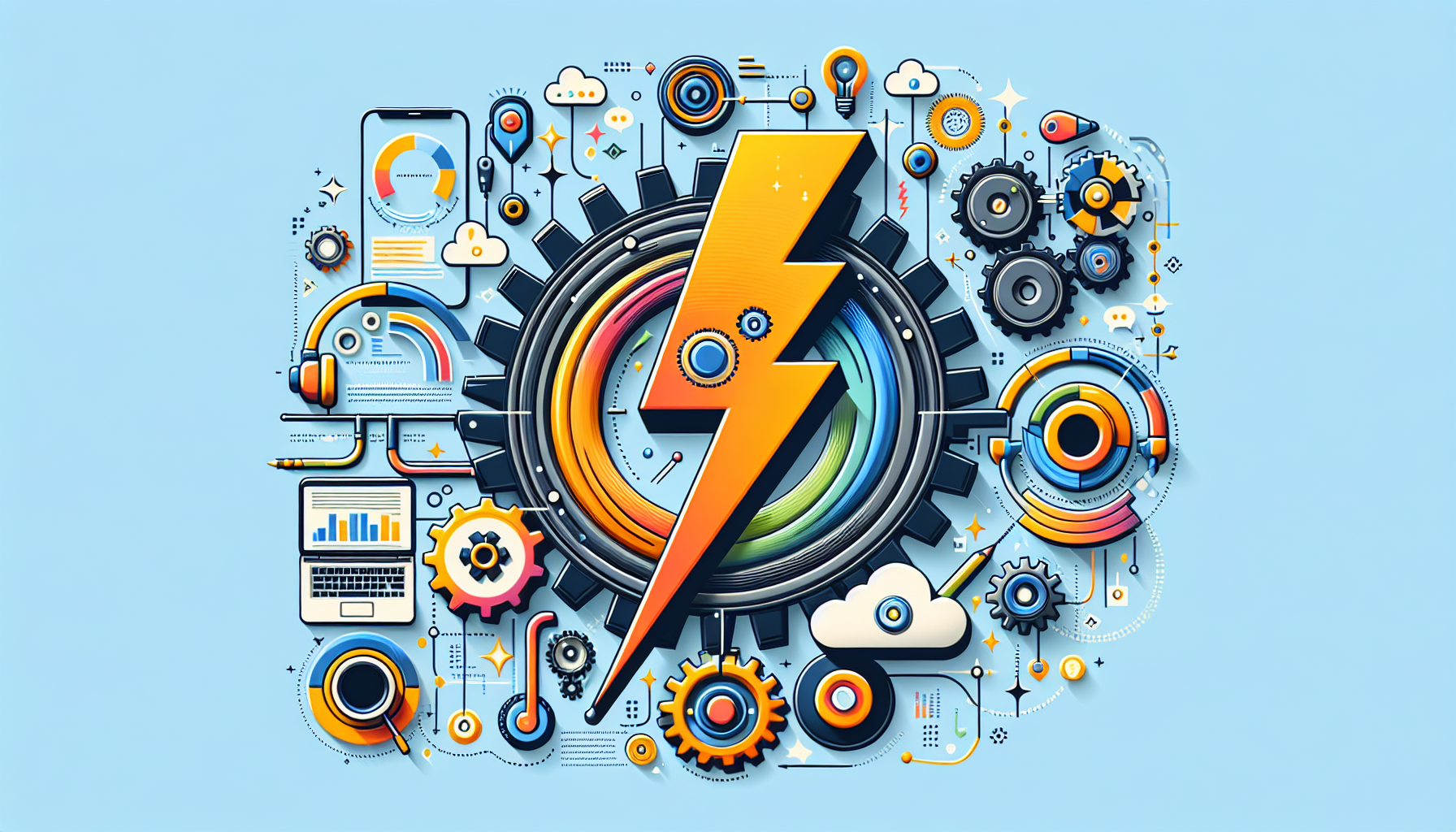Understanding ChatGPT and Its Capabilities
ChatGPT, an advanced language model created by OpenAI, has gained significant traction for its ability to generate human-like text based on prompts. This AI-driven tool can handle a variety of tasks, from drafting emails to generating creative content and engaging in real-time conversations. Leveraging ChatGPT effectively can greatly enhance productivity and streamline workflows across different industries.
Key Features of ChatGPT
-
Natural Language Processing: ChatGPT excels in understanding and generating text in a conversational manner. Its ability to comprehend context, tone, and language nuances makes it an ideal tool for communication-driven tasks.
-
Versatile Applications: It can be utilized across numerous applications, including customer support, content creation, programming assistance, and brainstorming ideas for various projects.
-
Customization and Fine-Tuning: Users can fine-tune ChatGPT prompts to suit specific requirements. This flexibility allows businesses and individuals to tailor the output for their unique needs.
Strategies for Maximizing Efficiency with ChatGPT
-
Define Clear Objectives: Before utilizing ChatGPT, clearly define what you hope to achieve. Whether it’s generating blog posts, drafting emails, or answering FAQs, having a clear goal will guide how you interact with the model.
-
Craft Effective Prompts: The quality of output largely depends on the input. Provide detailed and specific prompts to get relevant and focused responses. For instance, instead of asking, “Tell me about marketing,” you might ask, “What are three effective email marketing strategies for e-commerce businesses?”
-
Iterate and Refine: After receiving a response, don’t hesitate to ask follow-up questions or request revisions. This iterative process can help refine the content until it meets your expectations.
-
Utilize Templates: Develop reusable templates for common tasks, such as report writing or project proposals. Using standard structures saves time and maintains consistency across outputs.
-
Automate Repetitive Tasks: Identify repetitive tasks that can be automated using ChatGPT, such as generating standard replies for customer inquiries or creating initial drafts for team newsletters.
-
Integrate with Other Tools: Maximize efficiency by integrating ChatGPT with other productivity tools. For instance, using it alongside project management software or email clients can streamline workflows.
Enhancing Customer Engagement
-
Personalized Interactions: Use ChatGPT to create personalized communication for customers. By incorporating their names, preferences, and browsing history, the AI can generate tailored responses that improve customer satisfaction.
-
24/7 Availability: ChatGPT can operate around the clock, providing instant responses to customer inquiries. This constant availability enhances customer support and engagement.
-
Multilingual Capabilities: If your target audience speaks multiple languages, leverage ChatGPT’s multilingual support to communicate effectively with diverse clients, expanding your reach.
Content Creation and Marketing
-
Idea Generation: Overcome creative blocks by using ChatGPT to brainstorm new content ideas. Providing a context or theme can lead the AI to suggest unique perspectives and topics.
-
SEO Optimization: Generate SEO-optimized content quickly by instructing ChatGPT to incorporate keywords, meta descriptions, and relevant tags within the generated content. This enhances the visibility of your content.
-
Social Media Strategy: Create engaging posts for various social platforms by utilizing ChatGPT to draft catchy captions, hashtags, and promotional content tailored to your audience.
Enhancing Team Collaboration
-
Draft Collaborative Documents: Use ChatGPT to collaboratively draft documents. By starting with an outline or a brief, the AI can produce comprehensive drafts quickly, which can then be edited by team members.
-
Meeting Summaries: After team meetings, use ChatGPT to quickly summarize key points and action items, ensuring all attendees are aligned and aware of their responsibilities.
-
Training and Onboarding: ChatGPT can assist in creating training materials and onboarding documents, making it easier to onboard new employees efficiently.
Programming Assistance
-
Code Suggestions: Developers can leverage ChatGPT to get coding suggestions and troubleshoot errors. By providing code snippets or specific problems, the AI can propose solutions or alternative approaches.
-
Documentation: Use ChatGPT to help generate documentation for software projects. Clear documentation is essential for maintainability and can be quickly produced with the help of AI.
Overcoming Potential Challenges
-
Quality Control: While ChatGPT is powerful, it’s crucial to review its output for quality and accuracy. Always double-check facts and ensure that the tone aligns with your brand.
-
Ethical Considerations: Be aware of AI ethics when using ChatGPT, especially in terms of transparency and authenticity in communication. Make it clear when AI is involved in generating content.
-
Dependence on AI: Foster a balanced approach by integrating both human and AI contributions. Human oversight remains essential for nuanced decision-making and maintaining creativity.
Best Practices for Utilizing ChatGPT
-
Experiment Regularly: Do not hesitate to experiment with different types of prompts and tasks to explore the full potential of ChatGPT. Continuous testing will yield better insights on how to leverage the tool effectively.
-
Stay Informed: Keep updated with the latest advancements and updates from OpenAI, as features and capabilities of ChatGPT evolve.
-
Leverage Community Knowledge: Engage with the community of ChatGPT users. Forums and groups can provide insights, tips, and shared experiences that enhance your efficiency with the tool.
Monitoring and Evaluation
-
Track Productivity Metrics: Assess how the integration of ChatGPT affects your productivity over time. Metrics such as time saved, output quality, and user engagement can provide a clear picture of its effectiveness.
-
Gather Feedback: Collect feedback from team members and customers about their interactions with content generated by ChatGPT. This feedback is invaluable for refining your approach.
-
Regular Review and Update: Periodically review the effectiveness of your ChatGPT applications and update your strategies, prompts, and templates based on the evolving nature of your business and audience needs.
By adopting these strategies, you can maximize the efficiency of using ChatGPT, transforming it into a powerful asset that drives productivity, enhances customer engagement, and fosters creativity across various tasks and projects.


